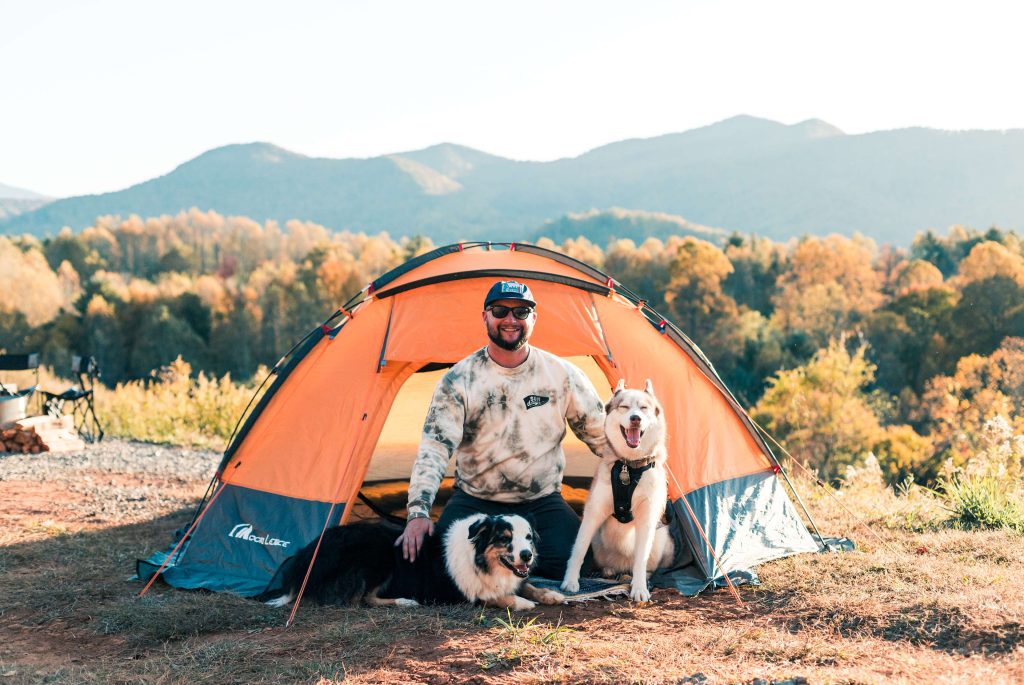Hiking is a wonderful way to connect with nature, challenge yourself physically, and clear your mind. While hiking with friends or a group can be a great experience, there is something uniquely empowering about embarking on a solo hiking trip. Planning a solo hiking trip can be a daunting task, but with the right preparation and knowledge, it can also be an incredibly rewarding and fulfilling experience. In this ultimate guide, we will provide you with the information and tips you need to plan a successful solo hiking adventure.
1. Choose the Right Destination
The first step in planning a solo hiking trip is to choose the right destination. Consider factors such as your level of hiking experience, the length and difficulty of the trail, and the season and weather conditions. It’s important to choose a destination that matches your skill level and fitness level, as well as one that aligns with your personal preferences and interests. Research different hiking trails, national parks, and wilderness areas to find the perfect destination for your solo adventure.
2. Plan Your Route
Once you have chosen a destination, it’s time to plan your route. Use maps, guidebooks, and online resources to research the trail and familiarize yourself with the terrain, elevation, and distance. Consider factors such as water sources, camping spots, and emergency exits. Plan a realistic itinerary that allows you to complete the hike safely and comfortably. Be sure to leave a detailed itinerary with a friend or family member, including information on your planned route, expected return date, and emergency contact information.
3. Pack the Essentials
Packing the right gear and supplies is crucial for a successful solo hiking trip. Make a checklist of essentials such as a map and compass, first aid kit, water and snacks, extra clothing, headlamp, and emergency shelter. Pack lightweight and compact gear to minimize weight and bulk. Consider factors such as weather conditions, temperature fluctuations, and terrain when choosing your gear. Be sure to pack enough food and water to keep you hydrated and nourished throughout your hike. Carry a personal locator beacon or satellite communication device for added safety and peace of mind.
4. Be Prepared for Emergencies
Safety is paramount when hiking solo, so it’s important to be prepared for emergencies. Carry a fully charged cell phone and portable charger in case of emergencies. Know how to use your gear and equipment, such as a first aid kit and emergency shelter. Learn basic survival skills such as building a fire, finding water, and signaling for help. Be aware of potential hazards such as wildlife, weather, and natural disasters. Stay informed of trail conditions, weather forecasts, and emergency contacts. Trust your instincts and exercise caution when encountering unfamiliar situations or individuals.
5. Follow Leave No Trace Principles
When hiking solo, it’s important to follow Leave No Trace principles to minimize your impact on the environment and preserve the wilderness for future generations. Practice responsible hiking practices such as packing out all trash, staying on designated trails, and respecting wildlife and vegetation. Leave natural and cultural resources undisturbed and avoid creating new trails or shortcuts. Practice good campsite selection and leave your campsite as you found it. Be mindful of noise pollution and respect other hikers’ solitude and privacy. Leave only footprints and take only memories when hiking solo.
6. Trust Your Instincts
When hiking solo, it’s important to trust your instincts and listen to your intuition. Pay attention to your surroundings and be aware of potential dangers or risks. Stay alert and observant of your surroundings, including wildlife, weather, and other hikers. Trust your gut feelings and follow your instincts when making decisions about your hike. If you feel uncomfortable or unsafe, listen to your body and mind and make the necessary adjustments to ensure your safety and well-being. Remember that it’s better to be safe than sorry when hiking solo.
7. Enjoy the Experience
Above all, remember to enjoy the experience of solo hiking and embrace the solitude and adventure of exploring the wilderness on your own terms. Take time to savor the beauty of nature, reflect on your thoughts and emotions, and connect with the natural world. Practice mindfulness and gratitude for the opportunity to experience the healing powers of hiking. Take breaks to rest, recharge, and appreciate the simple joys of being in nature. Stay present in the moment and immerse yourself in the sights, sounds, and scents of the great outdoors. Celebrate your accomplishments and cherish the memories of your solo hiking trip.
In conclusion, planning a solo hiking trip is a challenging yet rewarding endeavor that requires careful preparation, knowledge, and confidence. By choosing the right destination, planning your route, packing the essentials, being prepared for emergencies, following Leave No Trace principles, trusting your instincts, and enjoying the experience, you can embark on a successful solo hiking adventure. Remember to prioritize safety, practice responsible hiking practices, and embrace the solitude and freedom of hiking solo. With a sense of adventure and a spirit of curiosity, you can experience the ultimate joy and fulfillment of exploring the wilderness on your own terms. Happy hiking!

